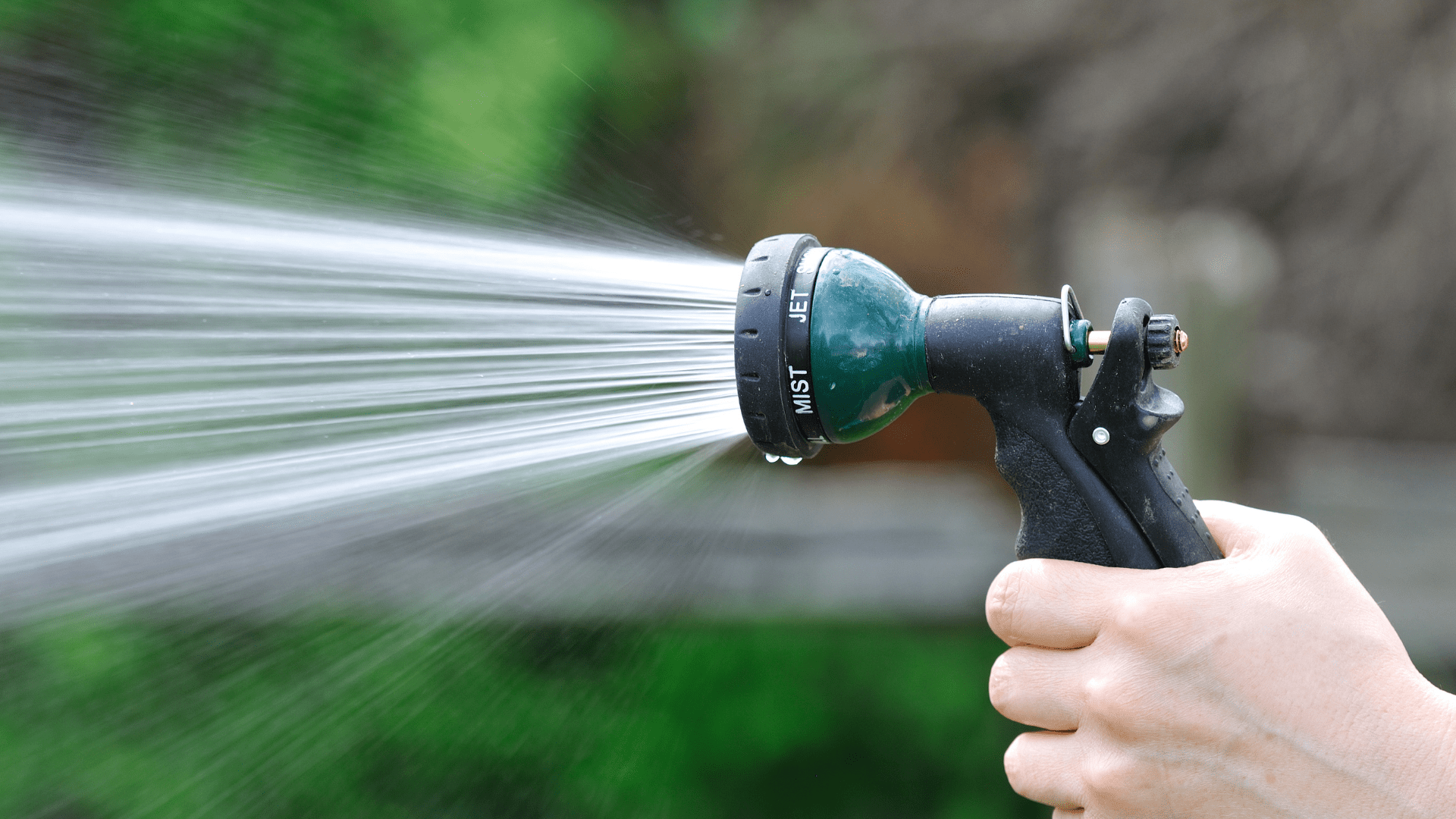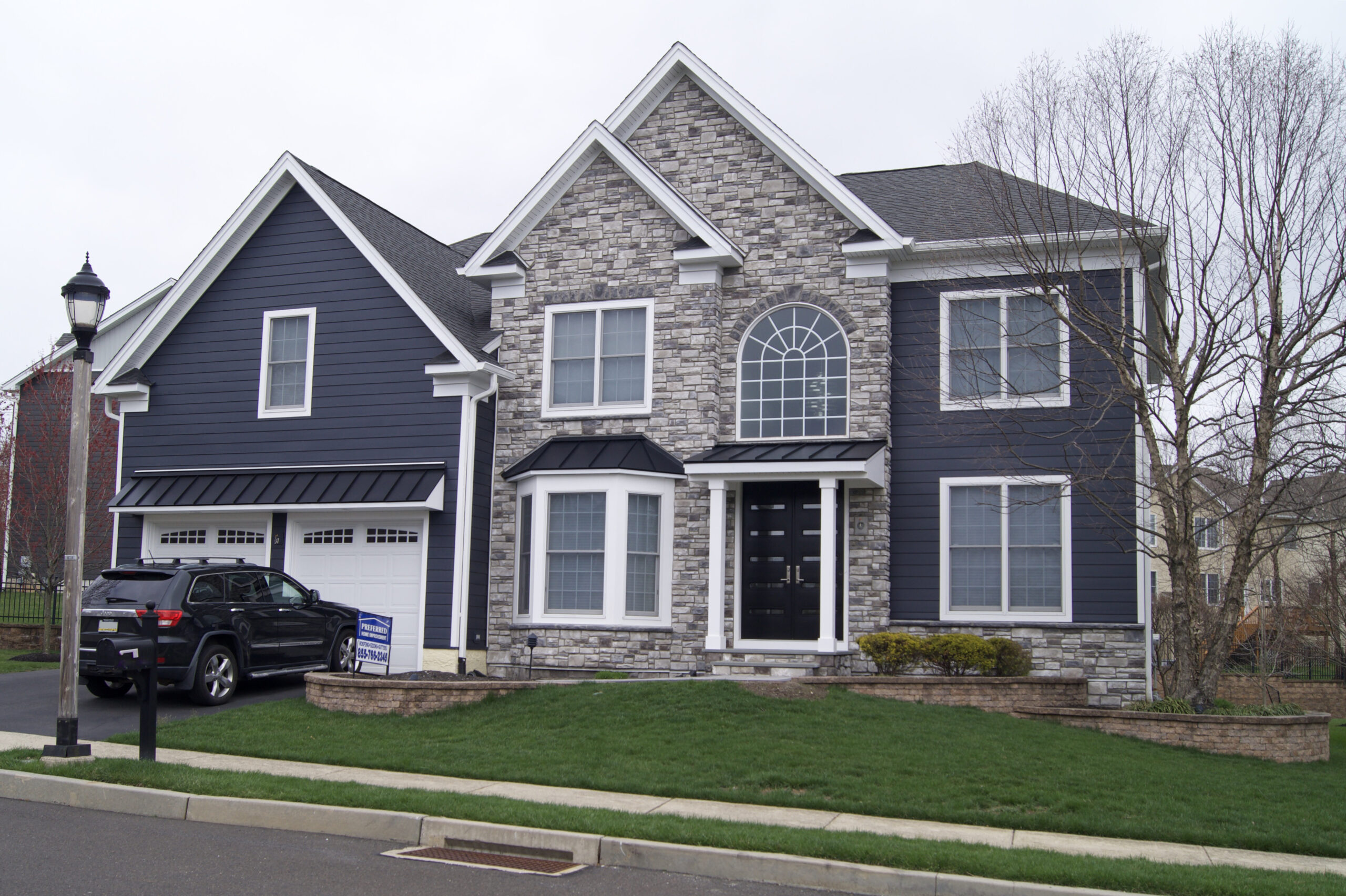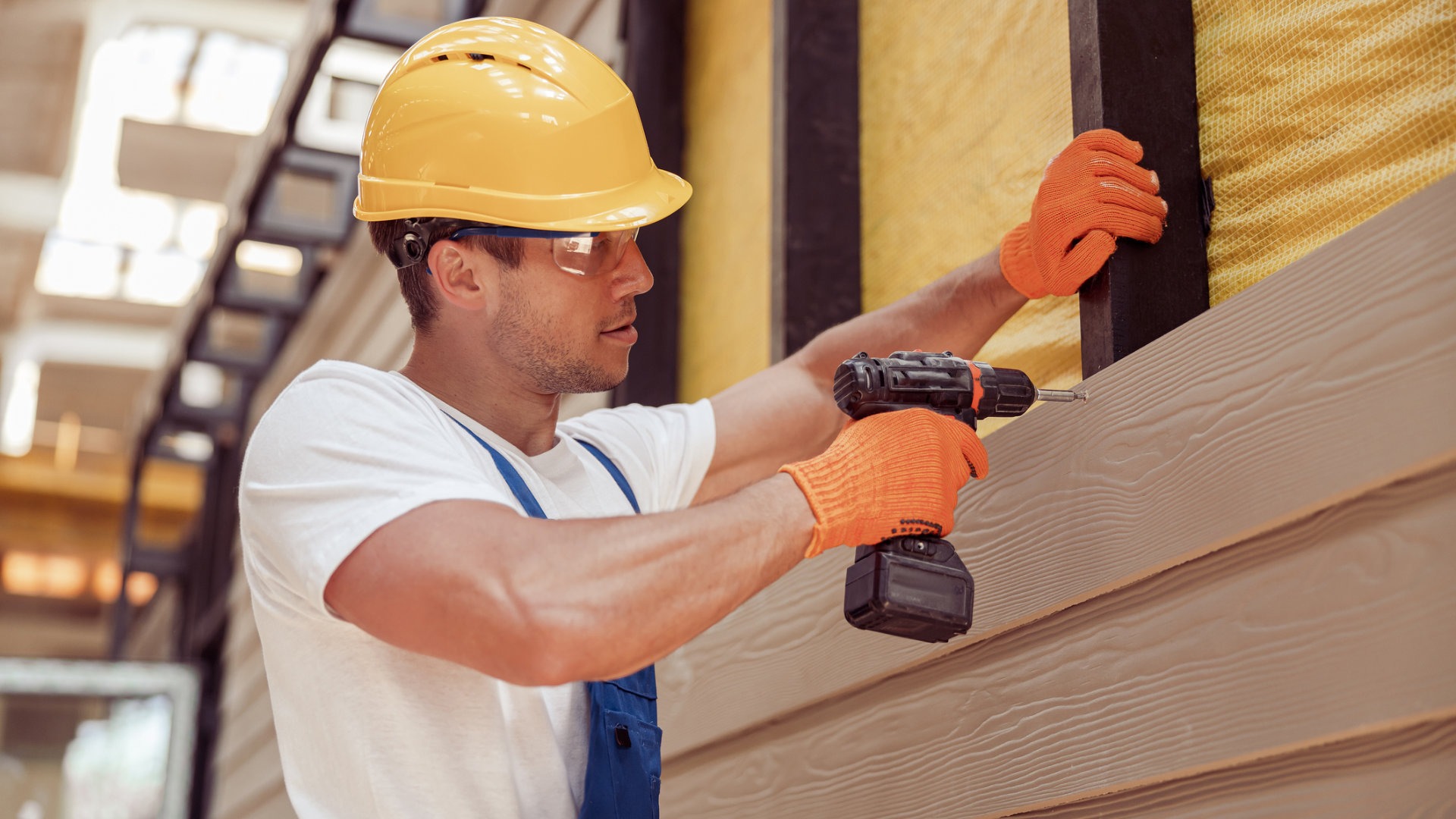Nobody wants mildew or mold growing in their home. Even outside, it’s unsightly, unhealthy, and can damage your house. Clearing mold safely and effectively is important.
Through this blog, we’ll take you through a step-by-step guide on how to remove mold or mildew safely. Learn about the products, processes, and ongoing maintenance to keep your home’s siding mold and mildew-free.
What Does Exterior Mold and Mildew Look Like?
Mold and mildew are different. Mold can appear blue, black, brown, or green. Black mold is often found in damp places that stay damp. Green is common in exterior settings, like siding or brickwork. Mildew often looks powdery, yellow, or brown. It can also turn black over time.
You may notice mold or mildew patches looking slimy or powdery. Both have musty smells and are tough to clean. Mold tends to dig deeper into surfaces, making it more difficult to clean it out.
Mold and Mildew Prevention
Keeping mildew from forming is the first step toward a clean home exterior. One of the most basic ways to reduce mold and mildew is ensuring your home exterior has access to air and can dry evenly. For example, if you have a lot of shrubbery resting against your house siding, it will collect water and retain dampness.
Some ways to keep mildew from forming include:
- Trimming shrubs and grass away from house siding
- Choose a paint or siding which is gloss latex to repel water
- Check rain gutters and spouts to ensure water flows away from house siding
- Check the sides of your house that gets less sunshine during the day to make sure mold isn’t growing
This helps with initially reducing mold and mildew from forming. What happens once it’s evident?
Cleaning House Siding Safety
The way you clean the side of your house depends on the type of siding you have. In some cases, you may need to repaint or repair siding after cleansing. Mold can eat into paint and siding, leaving it discolored.
To safely clean the sides of your home, gather these materials:
- Pressure washer
- Water
- Vinegar solution
- Laundry detergent
- Liquid laundry bleach
- All-purpose powdered cleanser
Pressure Washing
Start with the pressure washer. This is a task designed for those who know what they’re doing. In other words, if you’ve never pressure washed before, you should call a professional to do the job.
Some risks associated with improper pressure washing include:
- Discoloration
- Denting or warping siding
- Putting a hole in siding
- Cracking siding
To correctly pressure wash, ensure the washer is set to a wide angle, so as not to put too much force in one place. Directly spray the siding, don’t try to spray it in an upward angle, or you’ll be left with unsightly streaks.
Pressure washers can be used in combination with mold eradicators. Many siding cleaners are designed to combat mold. Be careful which chemicals you use and ensure they are safe for your style and material of siding.
Natural Cleaning Solution
For a natural, chemical-free cleaning solution, try a 30/70 ratio of white vinegar to water. The acid in the vinegar helps kill bacteria and mold without chemically altering the siding color or texture. A lot of elbow grease is needed when you go natural. Be prepared for some deep scrubbing. You’ll also need a ladder and someone to spot you on the ladder as you go.
Safe and Subtle Chemical Cleaning Solution
For a stronger cleaning solution, mix together a gallon of warm water, a quart of liquid bleach (laundry bleach), 1/3 cup of standard laundry soap and 2/3 cup of all-purpose powdered cleaner.
Use a soft-bristled cleaning brush to scrub the surface of your home siding. Dip the brush in the mixture and continue scrubbing. Be sure to wear gloves and protective clothing, as this can be abrasive to the skin.
Brick Cleaning
Brick cleaning differs slightly from vinyl siding cleaning. You can use a standard garden hose with a spray attachment to wet the brick. Work with a soft-bristled brush, and a mixture of 1 cup of bleach to a gallon of water to scrub the brick. Spray it clean with the water from the hose.
Contact Preferred Home Improvement
Preferred Home Improvement specializes in exterior remodeling, repair, and residing in Pennsylvania. Our contractors work closely with clients to make your home exterior plans become a reality. From doors and windows to roofs and siding, we can help.
To learn more about caring for your home siding or installing new home siding, contact us today.



